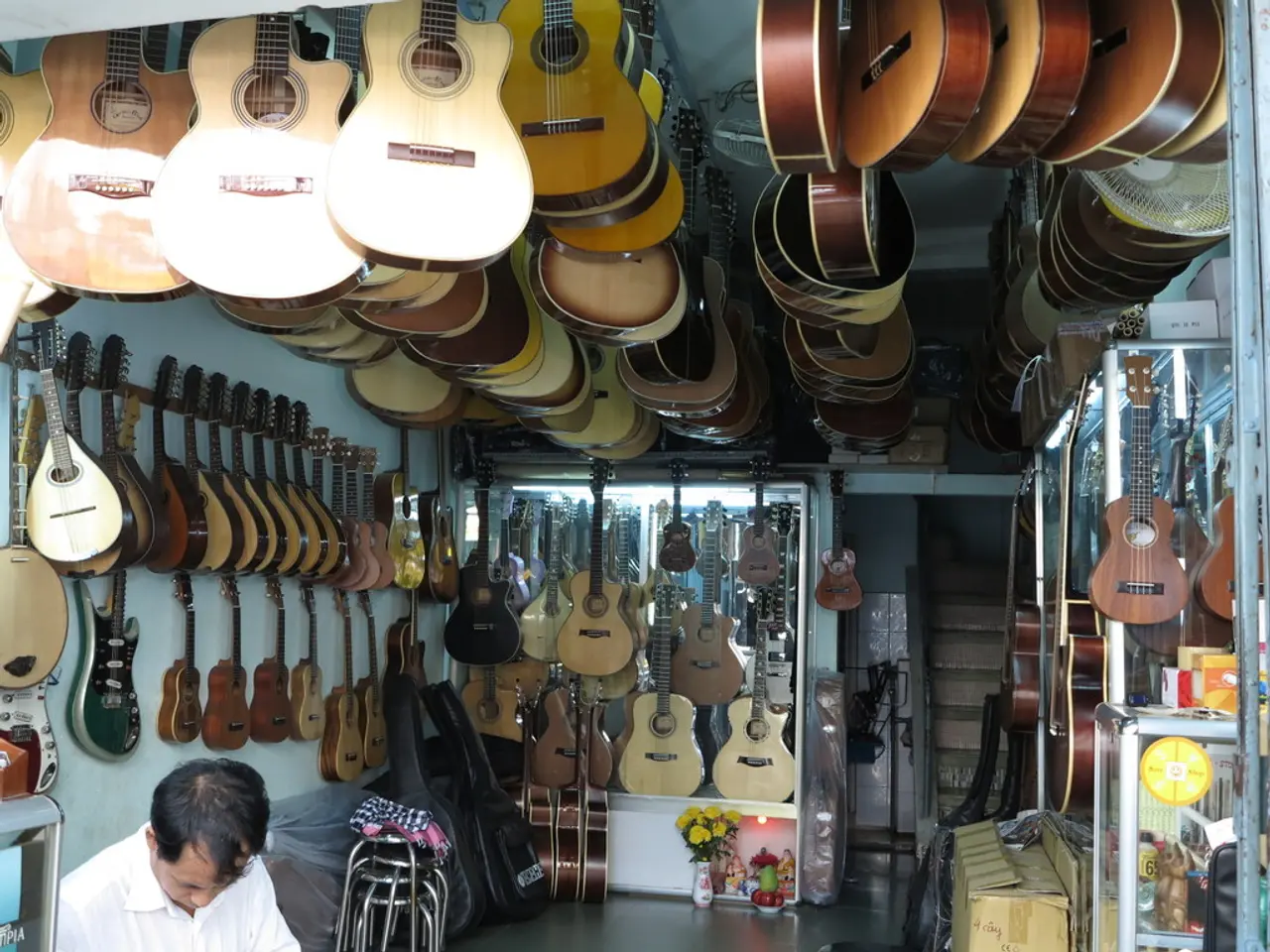Which Designer-Focused Freelance Platform Provides the Most Beneficial Opportunities?
In the ever-evolving world of freelancing, three platforms stand out for graphic designers: Upwork, Freelancer.com, and Guru. Let's delve into the key features, advantages, and potential drawbacks of each.
Upwork (formerly Elance & oDesk), now one of the leading freelance marketplaces, is particularly popular in graphic design[2]. With a vast client base and a wide range of graphic design jobs, it offers a bidding system and payment protection, making it an attractive choice for many. However, the competition can be high, and rising fees may impact earnings[2][5].
Freelancer.com, another significant player, boasts a large global user base and a project bidding system. Its unique "contest" feature allows designers to showcase their skills by submitting work and getting paid if chosen, which is appealing for demonstrating creativity, but the intense competition can drive prices down, and fees apply[2].
Guru operates similarly to Upwork with bidding but is known for being freelancer-friendly, with options to build ongoing client relationships. However, it is less popular and competitive in some niches[3].
For graphic design freelancers, Upwork tends to be the top choice due to its size, variety of clients, secure payment system, and established reputation. However, newcomers may find platforms like Guru worthwhile to build initial reputation with less crowded competition[2]. Freelancer.com is also viable but may require strategic bidding to succeed.
It's essential to note that Elance and oDesk are no longer separate platforms; those references now redirect to Upwork services[2].
For those seeking highly curated or agency-based design gigs, platforms like Graphic Design Eye or Fiverr alternatives might offer less competition but operate differently than pure freelance marketplaces[1].
On Odesk, you can connect to clients for free more often than on Elance. Freelancer.com, on the other hand, has a well-designed interface and thousands of jobs, but it attracts clients who pay poorly and often expect high-quality work.
In conclusion, each platform offers unique advantages and challenges for graphic design freelancers. By understanding these differences and adapting your approach accordingly, you can maximise your chances of success in the competitive freelancing landscape.
- UI design and career-development can be pursued effectively on freelance marketplaces like Upwork, given its popularity among graphic designers and wide range of client opportunities.
- Aspiring graphic designers might find it beneficial to start on platforms like Guru, where competition is less crowded, allowing them to build their reputation in the field.
- For those interested in lifestyle and education-and-self-development, platforms that focus on highly curated or agency-based design jobs, such as Graphic Design Eye or Fiverr alternatives, present an alternative, although they operate differently than traditional freelance marketplaces.




